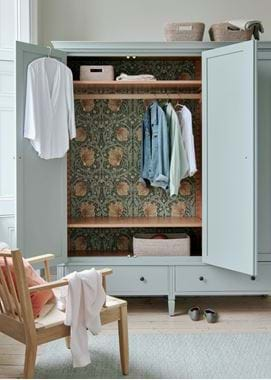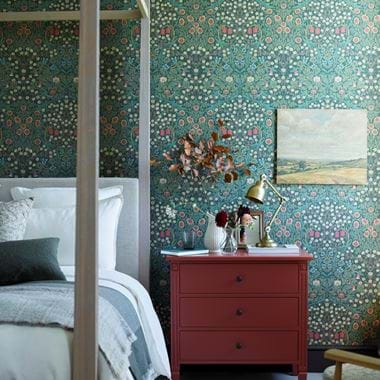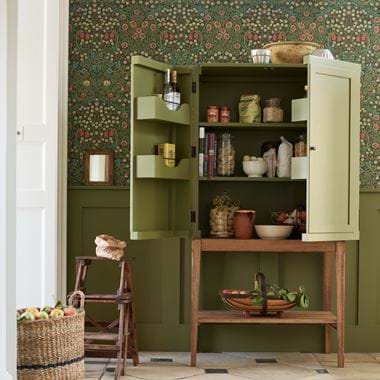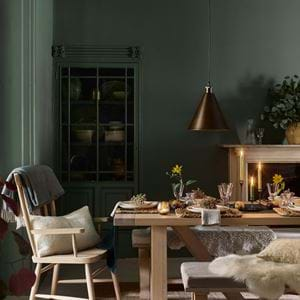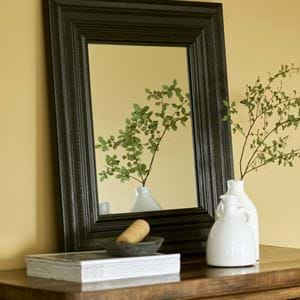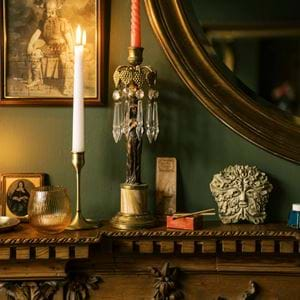Talking wallpaper with Sanderson
Talking wallpaper with Sanderson
Cast your mind back to the interiors of your childhood and you’ll probably remember a grandmother’s coordinating floral wallpapered bedroom or your parents’ 60s or 70s graphic papered sitting room. Because wallpaper is about much more than simply decorating with pattern. It’s about creating memories and expressing your individuality. As Sanderson Design Group’s creative director, Claire Vallis says, “I can still remember my grandmother’s chintzy wallpaper. When I stayed with her, I used to lie in bed and make up stories around the designs and see different things in the paper.”
With so much family history riding on your wallpaper choices, you’d be forgiven for being hesitant about committing to a pattern. “Not at all,” adds Claire. “If you’re a little nervous, the best way to start using paper is in transient spaces such as hallways or a downstairs loo. A room that you won’t be living in all day. Then you can progress to bedrooms and other rooms as you become more comfortable.”
Claire also points out how helpful wallpaper can be in kick-starting your room’s scheme. “If you fall in love with a pattern, then you can build your scheme from the colours within it. Every room needs a jumping off point and wallpaper can prove a very useful one.” And while digital resources can be useful for researching patterns, Claire recommends ordering samples of your shortlisted papers. “You need to be able to feel the paper as there’s an integrity to its surface. Sanderson and Morris & Co. papers are all hand-painted before being printed and you can still see the maker’s marks in the designs. They become like pieces of art.”
While the feature wall might be a thing of the past, there are moves towards a more maximalist style of decorating where pattern is repeated and layered. “Morris & Co. prints work really well with layering,” explains Claire. “The more you do, the better it looks. The designs have such symmetry and simplicity that though they’re busy, they’re very easy to work with. Willow Bough is probably the most versatile paper I’ve ever used.” Similarly, Sanderson’s own collection includes iconic patterns that have stood the test of time. “All those amazing roses and peonies and hollyhocks have such an authenticity to them,” she adds. “They feel alive.”
Claire is a firm believer in not feeling duty bound to follow design rules, but she does have some tips when it comes to selecting a pattern you’ll love to live with:
- Wallpapers look great on wide expanses of wall that aren’t broken up with lots of architecture. Halls and stairwells or behind a bed are great but maybe avoid kitchens which will have often have wall cabinets to work around.
- Putting a ditzy print in a small or low-ceiling room won’t add character. Introducing a large scale print will be much more effective.
- Consider the architecture of the space rather than its function. A room with big windows overlooking a garden is perfect for a nature-inspired paper.
- Don’t feel you have to keep the rest of the room plain. Help the pattern come to life by picking out a colour from the design and layering in similarly coloured textiles in cushions, rugs or even upholstery.
Wallpaper decided, find coordinating textiles and colours in our fabric and paint collections.

